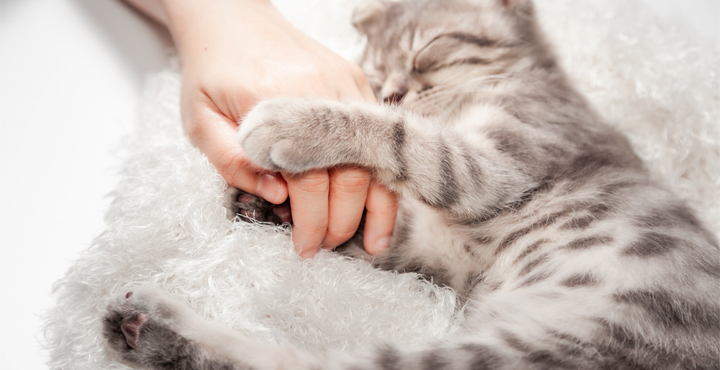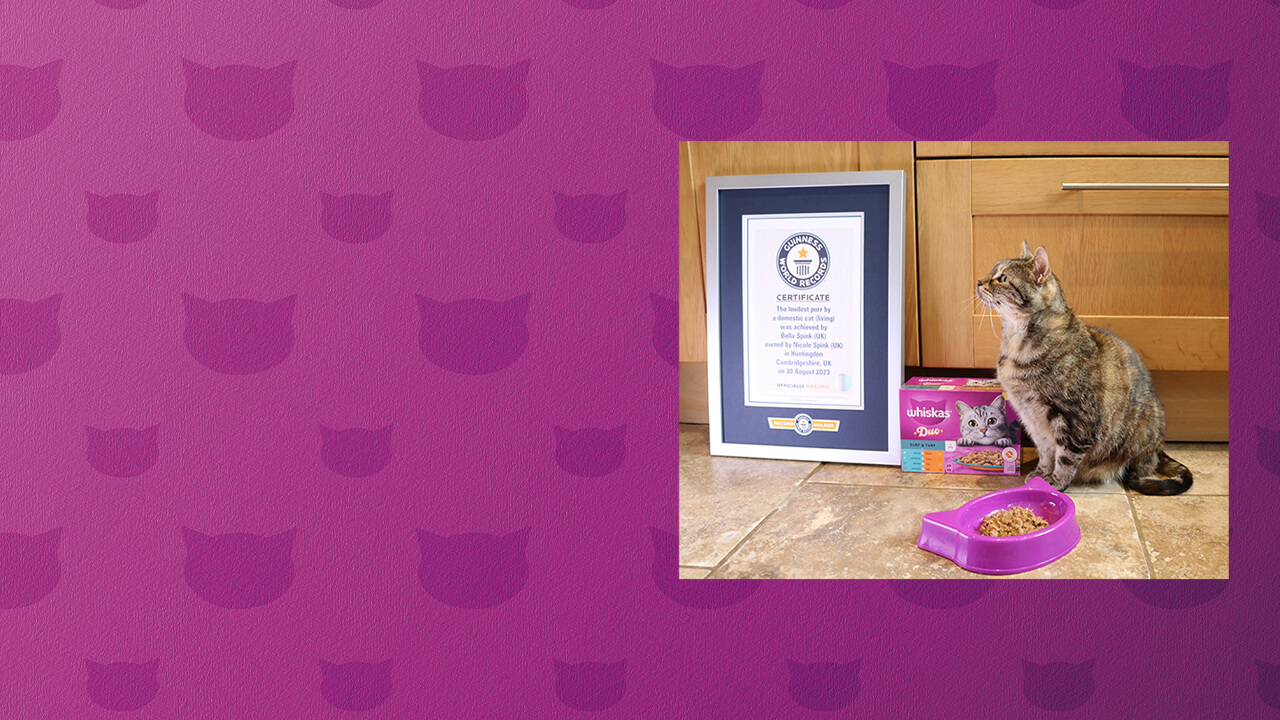
Your kitten's busy little tail will tell you lots about how they're feeling. In fact, it's one of their most effective ways to communicate.
More than just feeling happy
When your kitten holds their tail up high, that means they're happy and confident. They're also doing it to expose their genital region, inviting you to sniff under their tail and find out all about them! It's a friendly gesture, so make sure you show them plenty of affection in return.
What your kitten’s tail movements mean
• Wiggling at the base or tip – your kitten is saying a friendly “hello”
• Curled under their body – your kitten is feeling submissive
• Fluffed to more than twice its size – your kitten is scared and defensive
• Rapid flicking – your kitten is agitated
• Wagging – your kitten is irritated (the exact opposite of a dog’s wagging tail!)
• Thumping – your kitten is highly frustrated, and may even attack
• Slowly twitching tail tip – your kitten is curious or excited (you’ll commonly observe this when they're crouching)














